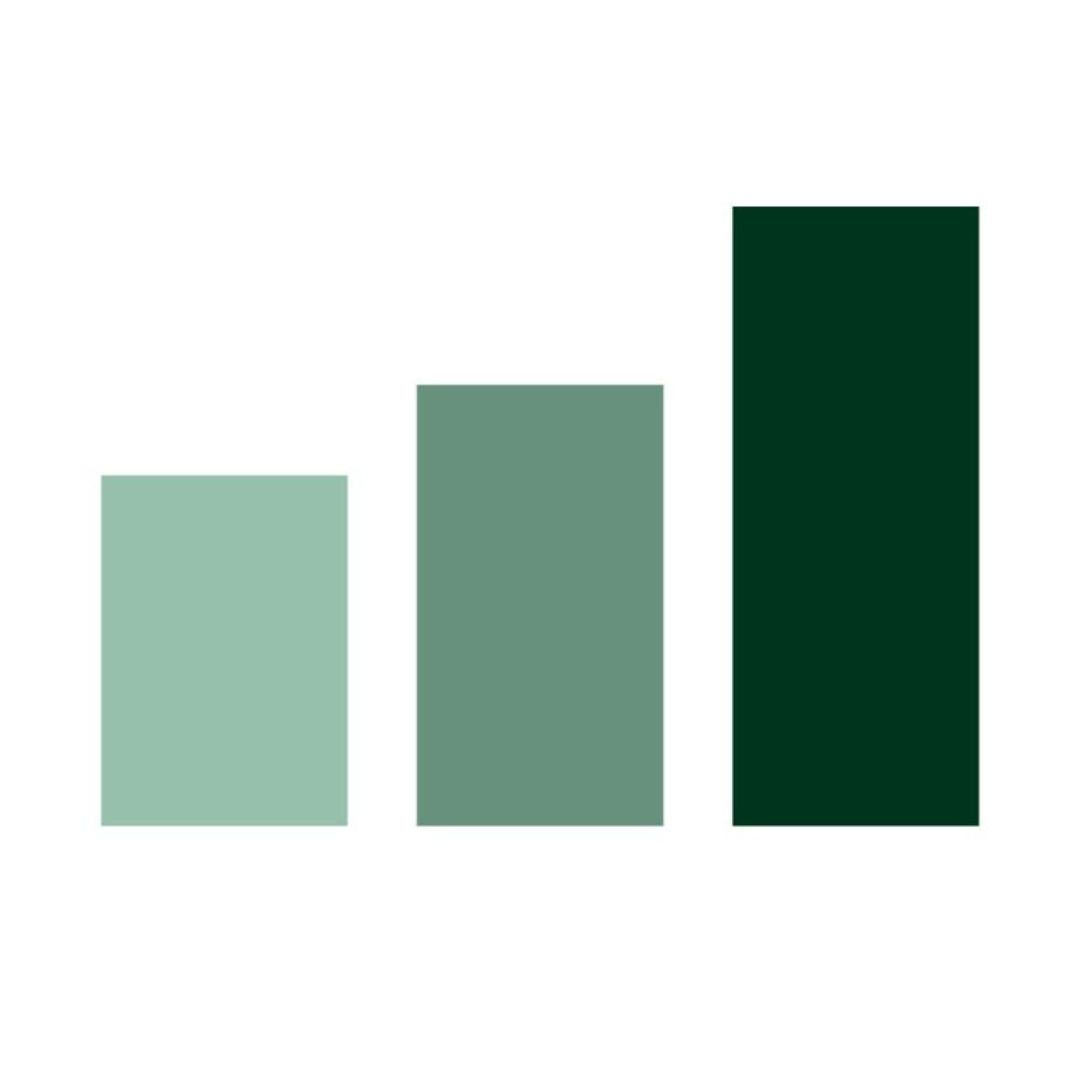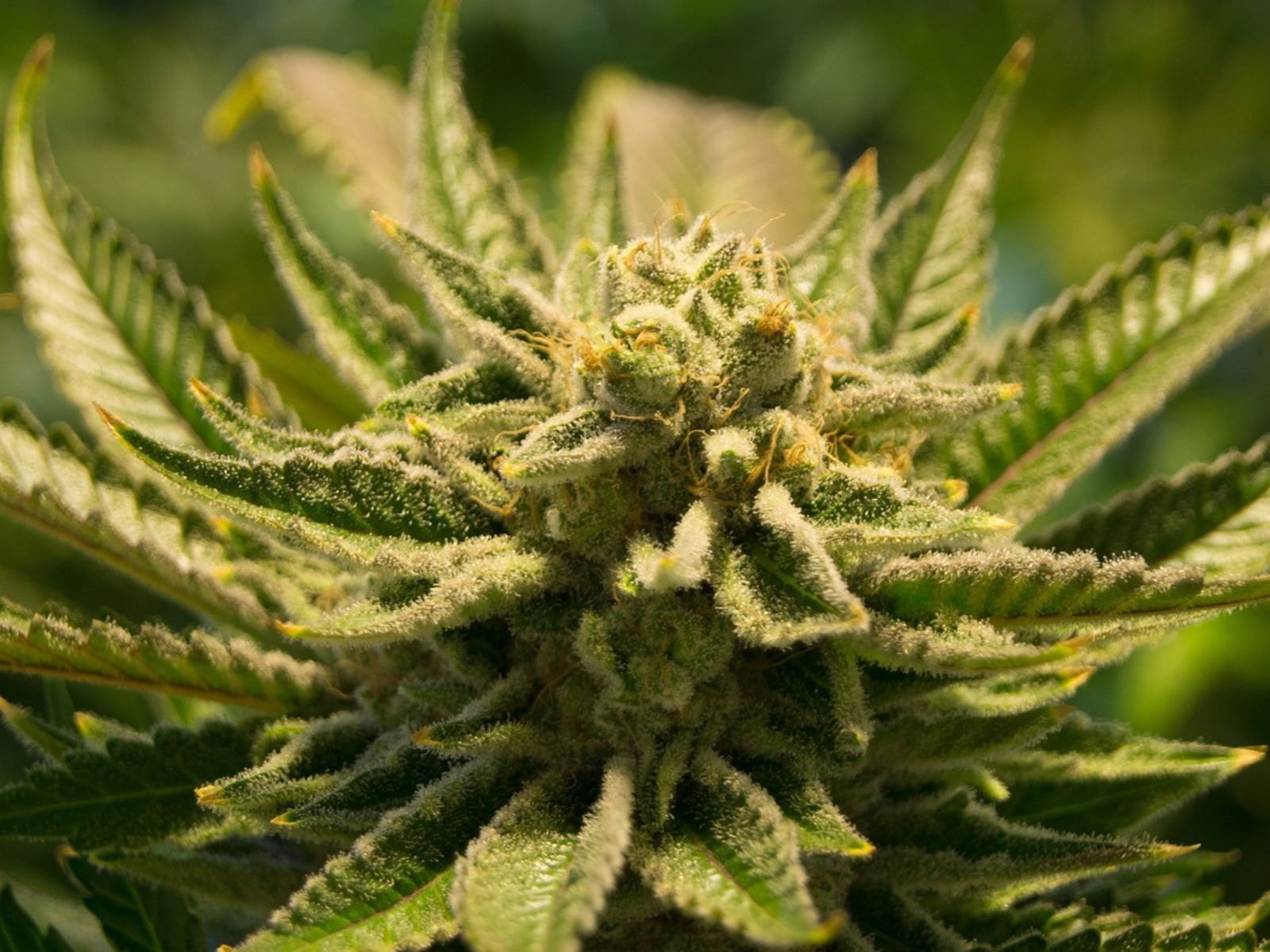Colombia has a long history with the cannabis plant, albeit not always involving a regulated industry. The South American nation legalized medical cannabis and industrial hemp in 2016 and 2021, respectively.
Cannavigia, an international cannabis compliance and production management company, estimates that Colombia’s commercial cannabis cultivators can produce dry cannabis flower for $0.06 and $0.40 per gram, giving it a major advantage over legal industries in other nations.
“In 2023, the value of medical cannabis exports from Colombia was $10.8 million, according to figures provided to MJBizDaily by ProColombia, a government agency in charge of promoting nontraditional Colombian trade.” MJBizDaily states in its coverage of Colombia’s emerging legal medical cannabis industry.
“The figure represents an 11.3% increase over 2022, when Colombia’s medical cannabis exports amounted to $9.7 million, a 96% jump from 2021.” MJBizDaily also stated.
Colombia exported more medical cannabis products to Brazil than it did any other nation in 2023 (32%, or $3.4 million). Additionally, roughly 25% of Colombia’s medical cannabis exports went to Australia ($2.68 million) in 2023 and 14% ($1.53 million) was exported to Germany.
Statista lists the following about Colombia’s emerging legal cannabis industry:
- Colombia is expected to see a revenue of US$64.59m in the Cannabis market by 2024.
- The revenue is anticipated to experience a Compound Annual Growth Rate (CAGR 2024-2029) of 2.09%, leading to a market volume of US$71.64m by 2029.
“Since cannabis for medical use became legal, the sector has attracted an estimated $500 million in foreign investment, but much of that has not been recouped, according to industry group Asocolcanna.” Reuters stated in December 2023.
According to a recent study conducted by researchers from Ukraine and France, and published by the U.S. National Institute of Health, 57 countries have adopted medical cannabis legalization measures. Israel was the first country to adopt a national medical cannabis legalization measure (1999), and Ukraine was the most recent (2024) as of the posting of this article.
The global cannabis pharmaceuticals market size is projected to reach $102.4 billion by 2030, expanding at a CAGR of 53.3% from 2024 to 2030, according to a new analysis by Research and Markets.
“Growing use of cannabis in various medical applications is driving the global pharmaceutical cannabis market growth. For instance, cannabis is widely used for treating patients suffering from chronic conditions, such as Parkinson’s disease, cancer, arthritis, and Alzheimer’s disease, as well as neurologic problems, such as depression, anxiety, & epilepsy. Moreover, there is a growing disease burden of chronic pain and pain management therapies. This, in turn, is increasing cannabis product consumption as it is effective in pain management.” stated Research and Markets in a press release.
Research and Markets previously conducted a market analysis focusing on the global cannabis capsules sector. The researchers determined that the sector will “grow from $31.96 billion in 2023 to $38.75 billion in 2024 at a compound annual growth rate (CAGR) of 21.3%.”
“The cannabis capsule market size is expected to see rapid growth in the next few years. It will grow to $79.2 billion in 2028 at a compound annual growth rate (CAGR) of 19.6%.” the researchers also stated in a press release.
The global cannabidiol (CBD) market was worth an estimated $7.6 billion in 2023 according to a previous market analysis by Market.us, and will climb to a projected $36.6 in value by 2033.
“Between 2023 and 2032, this market is estimated to register the highest CAGR of 27%.” the researchers stated.
“Because of its therapeutic benefits, there is a significant demand for CBD for health and wellness applications, which is the main reason driving the market. The increased acceptability and use of products as a result of government approvals is another important factor anticipated to increase the manufacturing of CBD-infused goods.” the researchers also stated.
Market.us determined the following as part of their global CBD market analysis:
- CBD oil is the most dominant product type, with a market share of over 30%, largely due to its effectiveness in managing chronic pain
- Pharmaceuticals represent the most lucrative segment, accounting for over 25% of the market, driven by CBD’s neuroprotective and pain-relieving properties
- Online pharmacies hold the largest market share (25%) due to the convenience of online sales and global reach
- North America leads the market, holding a 60% market share, with Europe and Asia-Pacific showing emerging demand
- The B2B sector played a dominant role in the global CBD market in 2023, accounting for a substantial revenue share of 55.1%
A separate global CBD market analysis conducted by Grand View Research found that the global CBD market was worth $7.7 billion in 2023, and estimates that the market will grow by 15.8% from 2024 to 2030.
A previous market analysis conducted by Market Research Future estimated that the global CBD industry was worth $18.43 billion in 2023 and that the market would reach a projected 59.43 billion by 2030.
According to a separate analysis by New Frontier Data, cannabis consumers around the globe “spent an estimated $415 billion on high-THC cannabis in 2020” and that figure is expected to increase to to $496 billion by 2025.
“Much of the world has not yet legalized cannabis, and nearly all the demand resides in illicit or unregulated markets. In 2020, 94% of high-THC cannabis spend was in unregulated channels.” New Frontier Data states.
New Frontier Data has determined that sales of high-THC cannabis products through legal regulated outlets totaled $23.7 billion in 2020 and that legal sales are projected to reach $51 billion by 2025. New Frontier Data estimates that legal cannabis sales of adult-use cannabis “are projected to be double those of legal medical sales by 2025, despite the higher number of medical markets globally.”

